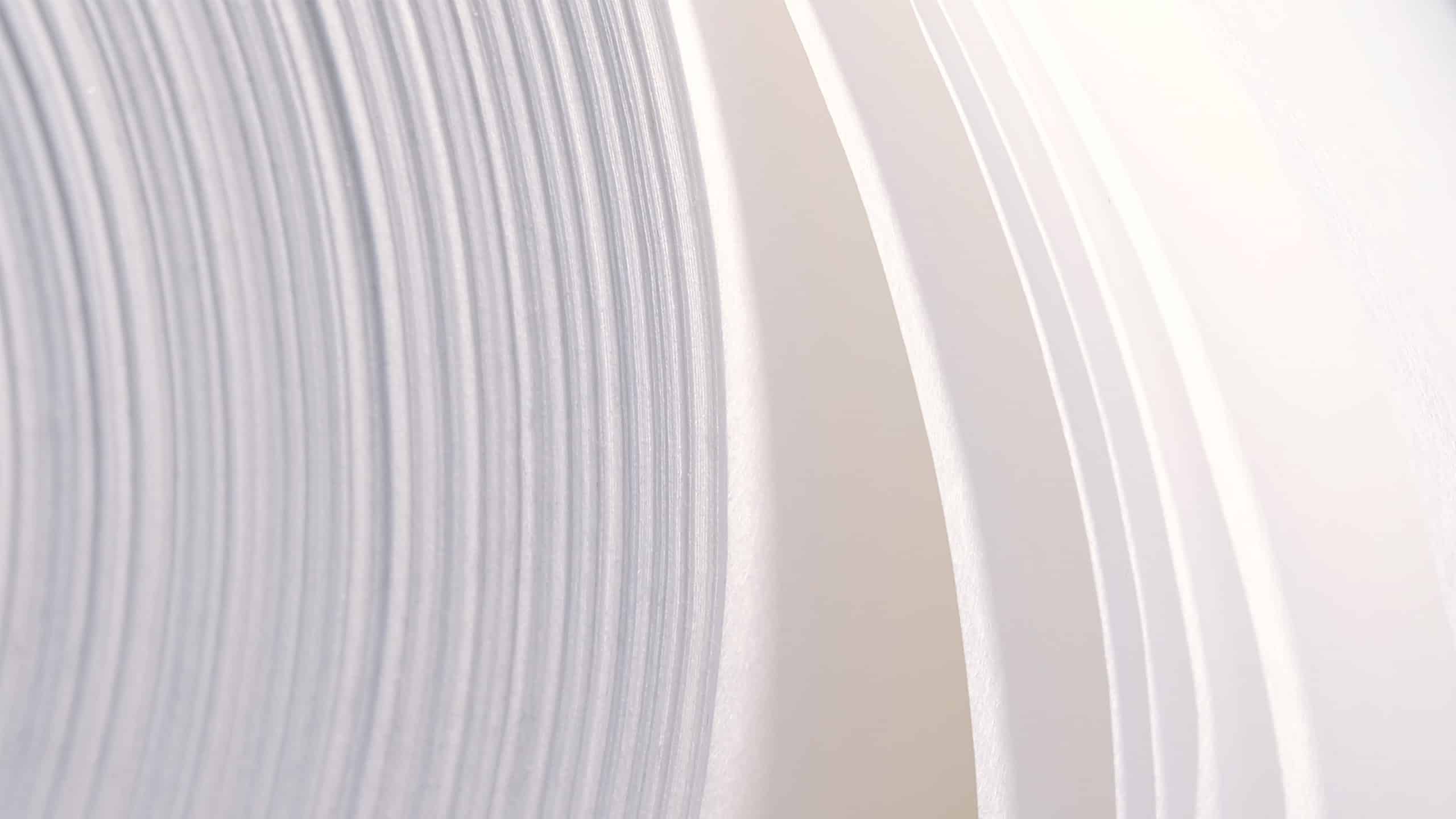What makes Paptic® materials stand out on supermarket shelves?

Introduction to Paptic® Materials
Paptic® materials represent a groundbreaking advancement in packaging solutions, offering a unique fibre-based composition that distinguishes them from traditional options. Unlike conventional materials that often rely heavily on plastics, Paptic® integrates the benefits of paper, plastic, and textiles, presenting an innovative alternative that prioritizes sustainability. According to the Confederation of European Paper Industries (CEPI), using renewable wood fibre as the core component not only enhances recyclability and reusability but also ensures durability and flexibility, aligning with sustainable industry practices.
The advantages of using fibre-based materials like Paptic® are extensive. They provide a sustainable solution by reducing reliance on non-renewable resources, significantly lowering the overall environmental impact. CEPI highlights that fibre-based packaging offers inherent strength and versatility, making it ideal for a wide range of applications, from e-commerce mailers to food packaging. The recyclability of Paptic® materials further supports the principles of a circular economy, where resources are continually reused, thus reducing waste and conserving energy, as emphasized by the European Environment Agency.
The Importance of Sustainable Sourcing
Sustainable sourcing is a critical component of environmentally friendly packaging solutions. It involves obtaining raw materials in a way that maintains the long-term health of forests and ecosystems. CEPI underscores the pivotal role of sustainable forest management in the context of Paptic® materials. This concept involves the responsible management of forest resources to meet present needs without compromising future generations’ ability to meet theirs.
Fibres used in Paptic® materials can be responsibly sourced from sustainably managed forests, a practice that ensures forest preservation and biodiversity protection while providing economic benefits to local communities. However, it’s important to recognize that sustainable sourcing is crucial yet not always guaranteed. CEPI advocates for stringent standards and certifications to ensure that the materials used in packaging are truly sustainable.
Unique Benefits of Paptic® on Shelves
One of the standout features of Paptic® materials is their ability to capture consumer attention on supermarket shelves. Unlike other fibre-based options, Paptic® offers a combination of durability and flexibility, making it ideal for various packaging applications. The material’s unique haptics, or tactile sensation, enhances the consumer experience by providing a premium feel that resonates with customers seeking high-quality products.
In addition to their tactile appeal, Paptic® materials are visually striking. They offer a natural, eye-catching design that instantly communicates sustainability to consumers. The softness and silent handling of Paptic® materials make them not only pleasant to touch but also discreet in use, further distinguishing them from traditional packaging. These unique benefits contribute to a stronger shelf presence and increased product attractiveness, enhancing brand recognition and consumer trust.
Environmental Impact and Consumer Perception
As environmental concerns continue to rise, consumers are increasingly seeking products that align with their values for sustainability. Paptic® materials are designed to meet these expectations, offering a packaging solution that significantly reduces environmental impact. By replacing plastics and other single-use materials with renewable wood fibres, Paptic® helps to minimize waste and supports efforts to combat plastic pollution, as noted by the United Nations Environment Programme.
Consumer perception of eco-friendly products is highly positive, and Paptic® materials capitalize on this trend by providing a recognizable and sustainable packaging option. The materials’ recyclability further enhances their environmental credentials, as they can be easily integrated into existing recycling systems for paper and cardboard, supporting the European Union’s recycling targets. This alignment with consumer preferences not only boosts brand loyalty but also demonstrates a commitment to sustainable practices, reinforcing a positive brand image.
